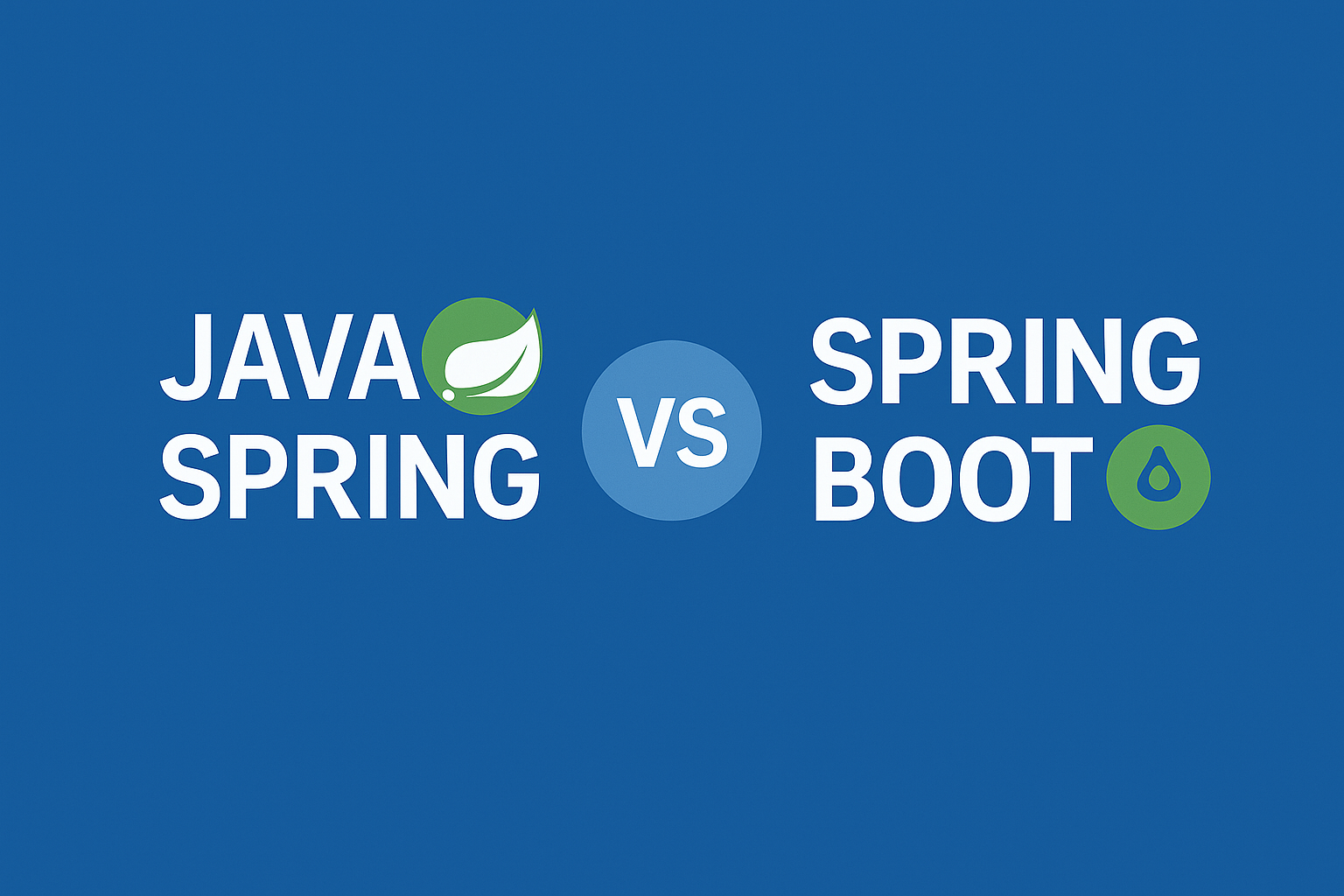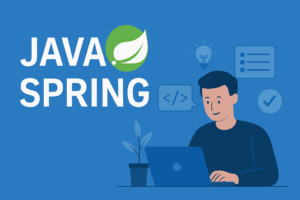If you’re working in Java, you’ve probably come across both Spring Framework and Spring Boot. While they’re closely related, they serve different purposes. If you’re preparing for a job interview or starting a new project, it’s essential to understand when to use which. In this guide, we’ll break down Spring Boot vs Spring Framework with clear definitions, differences, pros, cons, and real-world use cases.
🌱 What is Spring Framework?
Spring Framework is a powerful, feature-rich, and modular framework for building enterprise-level Java applications. It promotes loose coupling, dependency injection (DI), and a declarative programming model.
🔹 Key Features:
- Dependency Injection (DI)
- Aspect-Oriented Programming (AOP)
- Transaction Management
- MVC Web Framework
- Integration with ORM tools (like Hibernate)
🔹 Example Use Case:
A large legacy enterprise system where developers want full control over every component and configuration.
⚡ What is Spring Boot?
Spring Boot is an extension of the Spring Framework that helps you get started quickly, with minimal configuration. It provides production-ready features, like embedded servers and metrics, out of the box.
🔹 Key Features:
- Auto Configuration. ( boiler plate code)
- Embedded Tomcat/Jetty server
- Opinionated ‘starter’ dependencies
- Spring Boot CLI for rapid prototyping
- Actuator for monitoring and metrics
🔹 Example Use Case:
Creating a microservice that needs to be deployed fast with minimal boilerplate.
📊 Spring Boot vs Spring Framework – Key Differences
| Feature | Spring Framework | Spring Boot |
|---|---|---|
| Configuration | Manual (XML or Java-based) | Auto-configuration |
| Server Deployment | Deploy to external server | Embedded server (Tomcat/Jetty/Undertow) |
| Startup Time | Slower | Faster |
| Dependency Management | Manual (need to manage transitive deps) | Pre-defined starter dependencies |
| Learning Curve | Steep (more flexibility) | Easier (opinionated setup) |
| Project Size | Suited for complex enterprise apps | Great for microservices or quick dev |
| Production Ready | Needs tuning | Comes with monitoring, metrics, health |
✅ When to Use Spring Framework?
Use Spring Framework when:
- You want full control over the project structure and configuration.
- You’re working on legacy or monolithic enterprise applications.
- You’re using custom servers or containers.
✅ When to Use Spring Boot?
Use Spring Boot when:
- You want to develop fast without writing tons of boilerplate.
- You’re building REST APIs or microservices.
- You prefer convention over configuration.
🧠 Pros & Cons
🌼 Spring Framework
Pros:
- Highly flexible
- Ideal for legacy integrations
- Mature ecosystem
Cons:
- Steeper learning curve
- More setup required
⚡ Spring Boot
Pros:
- Rapid development
- Embedded servers simplify deployment
- Comes with production tools (actuator, metrics)
Cons:
- Less control (auto-config may add unused beans)
- Opinionated (not always easy to customize deeply)
🤔 Which One Should You Learn First?
- If you’re new to Spring, start with Spring Boot — it’s beginner-friendly and practical.
- Once you’re comfortable, dive into the core Spring concepts behind the scenes to master it.
Spring Boot and Spring Framework are both essential in modern Java development. While Spring Framework gives you the flexibility and control you need for large-scale apps, Spring Boot lets you move fast and build powerful microservices quickly.
Choose the right tool based on your project goals, team size, and time constraints.




